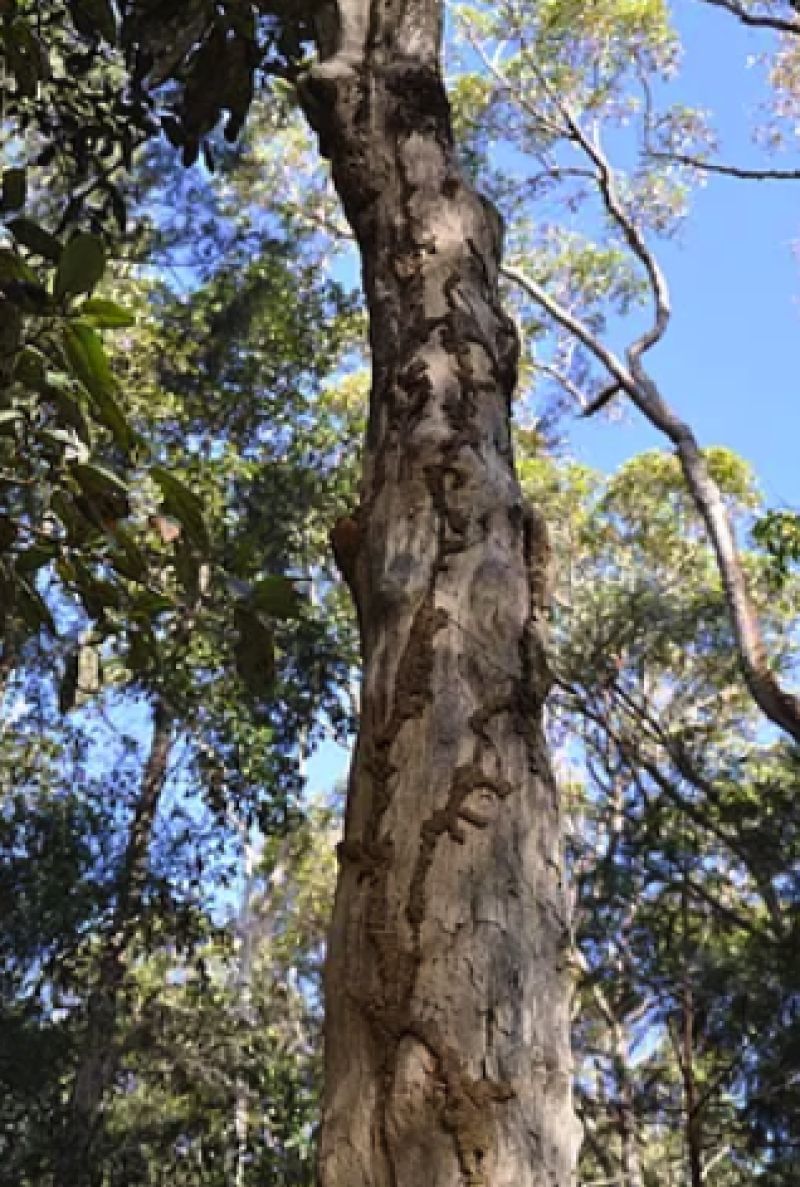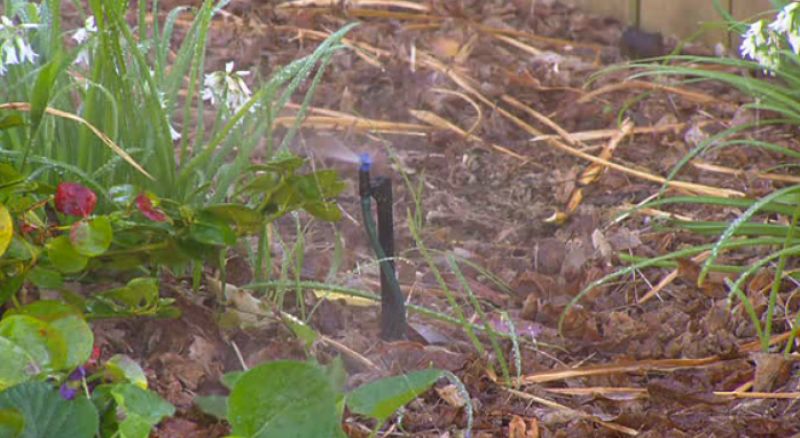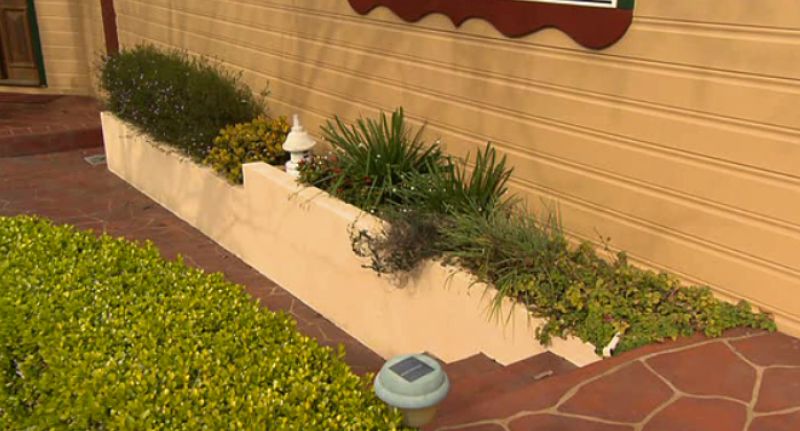
Termites are everywhere. With termites travelling up to 100 metres from their nest to forage, there are quite likely several termite nests within range of your home. But the question is, why do termites attack some homes and not others? It isn’t just bad luck. There are reasons why termites seem to prefer one home over another…
Termite foraging behaviour
Most termites in Australia are subterranean termites, which means their nests are generally underground (although some species also have their nests in trees). Subterranean termites travel underground from their nest to their feeding sites and so can be very hard to detect.
Termites find a food source through chemical and physical cues in the soil. They generally only eat dead wood. A big food source lying on the ground such as a tree (or your home!) will generate a large ‘shadow’, an area protected from the sun and therefore cooler than the surrounding soil.
Only if they need to travel above ground to get to the food source do they become visible. When they do, they build mud tubes to protect themselves from predators and heat.
This last point is important. Termites have a very soft body and are prone to drying out. Termites need a humid environment and are attracted to moisture.

Termites love moisture
Although termites can actually transport water to a feeding site, generally, termites will avoid moving through dry soil. So, the bottom line is, that if the soil around and under your home is dry, the chances of termites attacking your home is dramatically reduced.
Homes that suffer a termite attack will generally have a high moisture level at the point of termite entry. The moisture problem may originate outside the home or may come from inside the home, making its way into the soil under the house.
Moisture sources outside the home
- Poor drainage
- Leaking gutters
- Dripping outdoor taps
- Watering systems around the home
Moisture sources from inside the home
- Leaks from the bathroom, kitchen or laundry
- Roof leaks (which eventually make their way into the soil)
Remedying any of these sources of moisture is a key first step in protecting your home from termites.
Termite entry points
Even with moist soil, termites still need to find a way into your home. A well-constructed home with suitable termite protection is designed to prevent termites from getting access to the home without being noticed. However, with termites able to get through a gap as small as 1-2 mm, the house needs to be well built.
For example, a home on a concrete slab, with no cracks in the slab and pipe entry points through the slab suitably protected, cannot be accessed by termites from underneath. However, they could still build their mud tubes over the edge of the concrete slab on the outside of the home and enter through a crack in brickwork or a weep hole.
The common termite entry points are:
- Cracks in concrete slabs
- Through pipework entry points
- Over supporting walls and piers in the sub-floor
- Through cracks and openings on the outside walls of homes

Don’t obstruct the perimeter of your home!
The perimeter walls of your home at ground level is called the “inspection zone”. Blocking this inspection zone with landscaping features such as garden beds, paths and decking prevent termite activity from being noticed – they can enter cracks in the wall below soil level without being noticed.
So, what should you do, so reduce the chances of a termite attack?
- Make sure the soil around and under your home is dry
- Remove potential food sources around your home (wood mulch and firewood)
- Keep the perimeter of your home visible
- … and most important of all, make sure you have regular termite inspections!
A professional termite inspection from Spiderman SE will not only find any signs of termite activity and damage but will identify construction issues and sources of moisture that should be remedied to reduce the chances of a termite attack.

